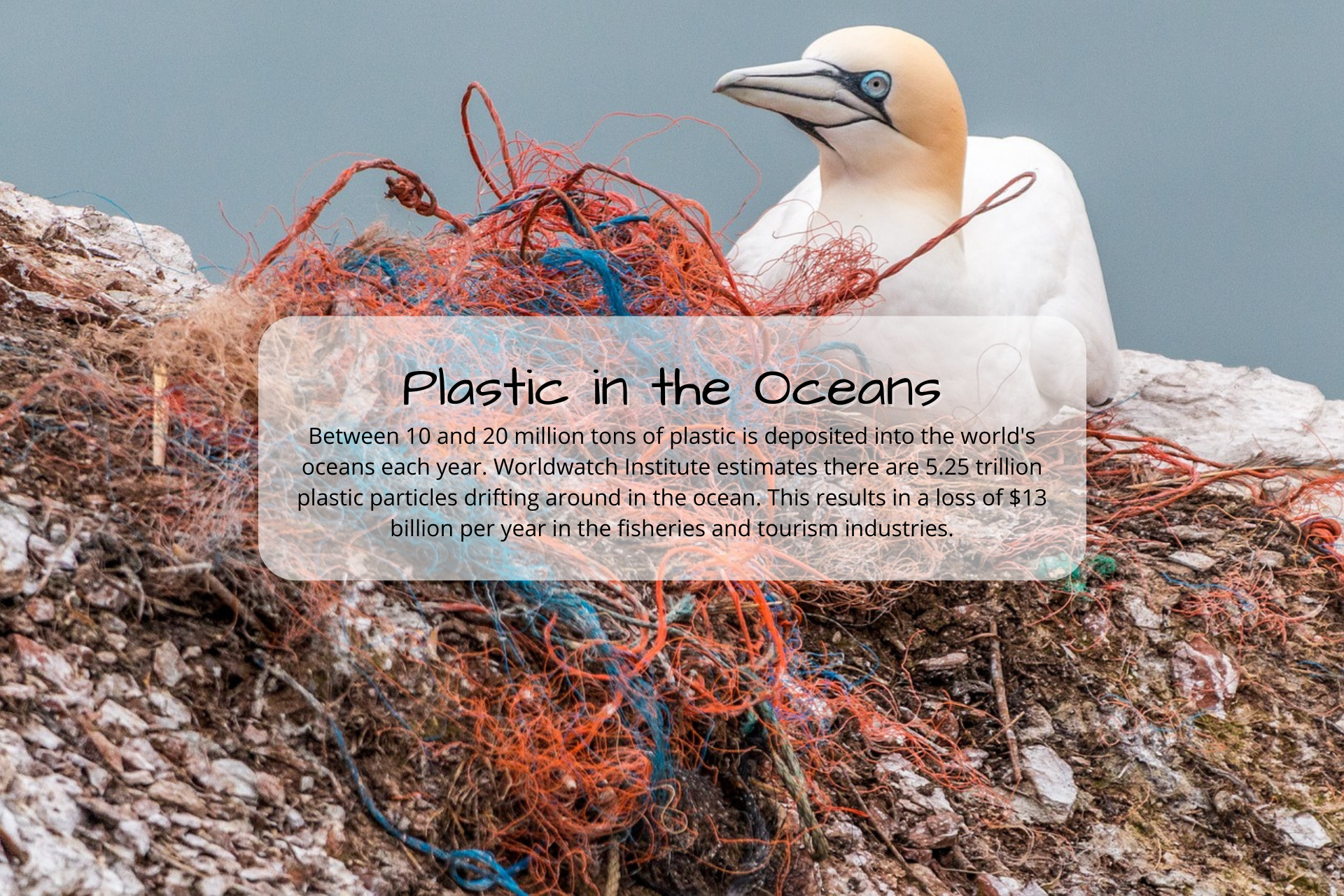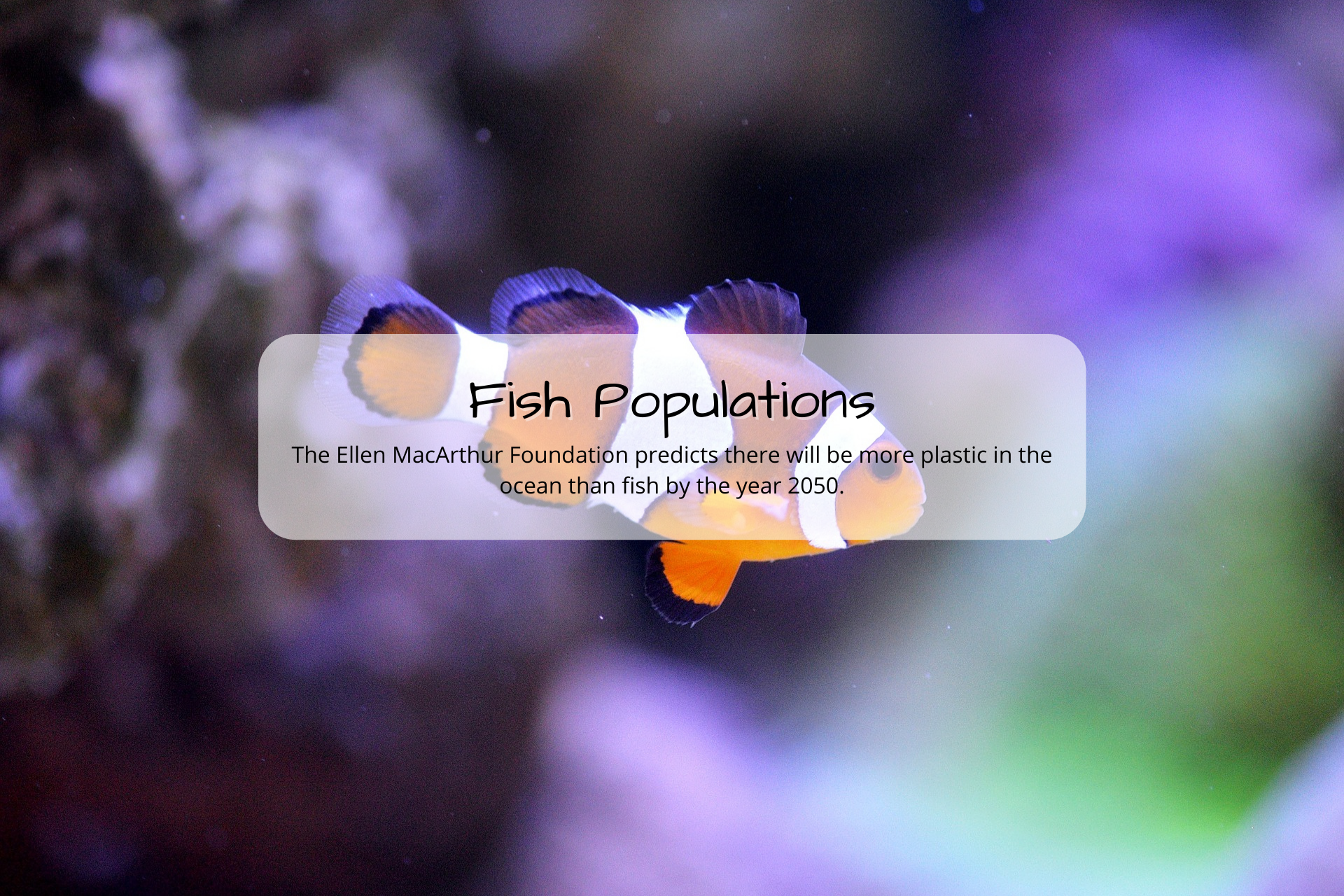
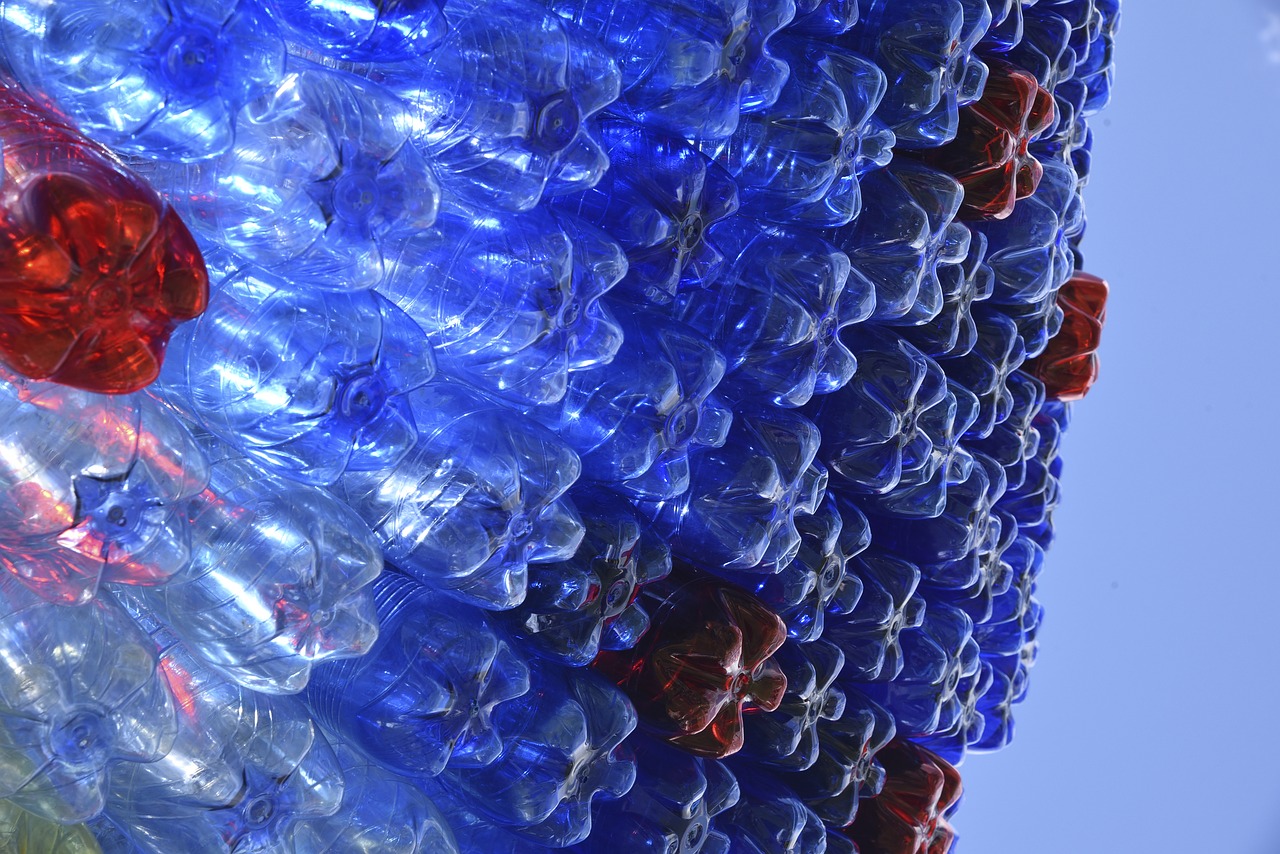
When I was a kid, we didn’t recycle anything in our household. Of course, I’m a Gen Xer, so recycling wasn’t the buzz word at that time that it is now. Today, this habit is as commonplace in my home as taking out the trash. Still, there are many people out there that question the true value of recycling, specifically as it relates to plastics. So, what do you think? Do you recycle your plastic?
Please note, this post contains affiliate links. If you click through and make a purchase, I receive a small commission. This doesn’t cost you anything, but it makes me happy…so happy that I might even go out and hug a tree! Thanks for your support! Read my Disclaimer for additional information.
Can We Recycle Plastic?
I bet you’re reading that heading and thinking, “Of course we can; we’ve been doing it for years…haven’t we?” Yes, you’re right…we have been recycling fairly consistently for the past 40 years or so (technically, recycling has been around for much longer than that, though). The question isn’t really a matter of whether we have the capability. Instead, I should be asking, “Can we recycle our plastics efficiently?”
While recycling is a solid plan for reducing waste and recovering materials that can be used again and again, it’s not always an efficient one. In many situations, recycling helps us conserve energy and water (not to mention lowering greenhouse gas emissions), but the processes we use are not at their peak performance levels just yet. That’s not to say we won’t get there, though…far from it.
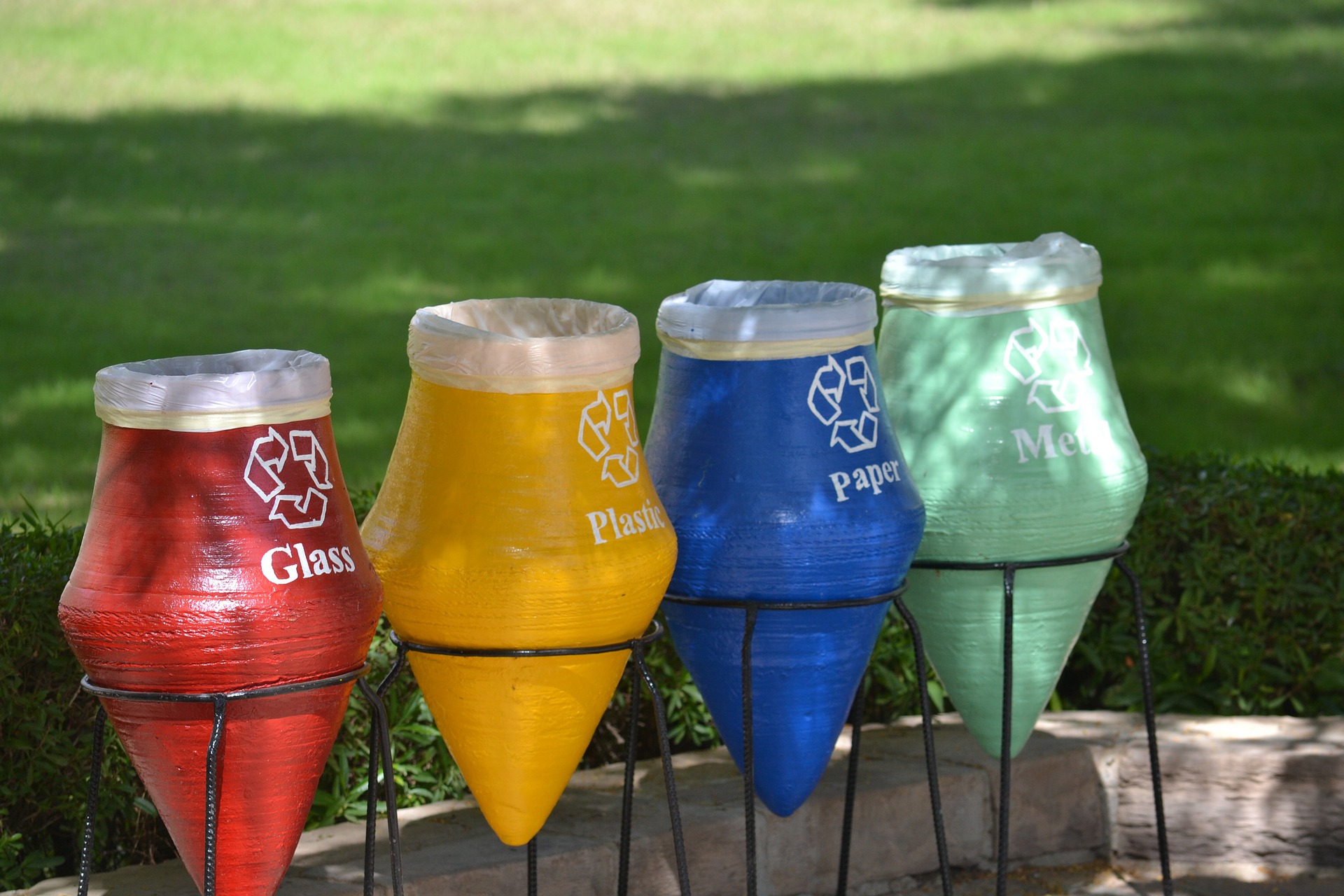
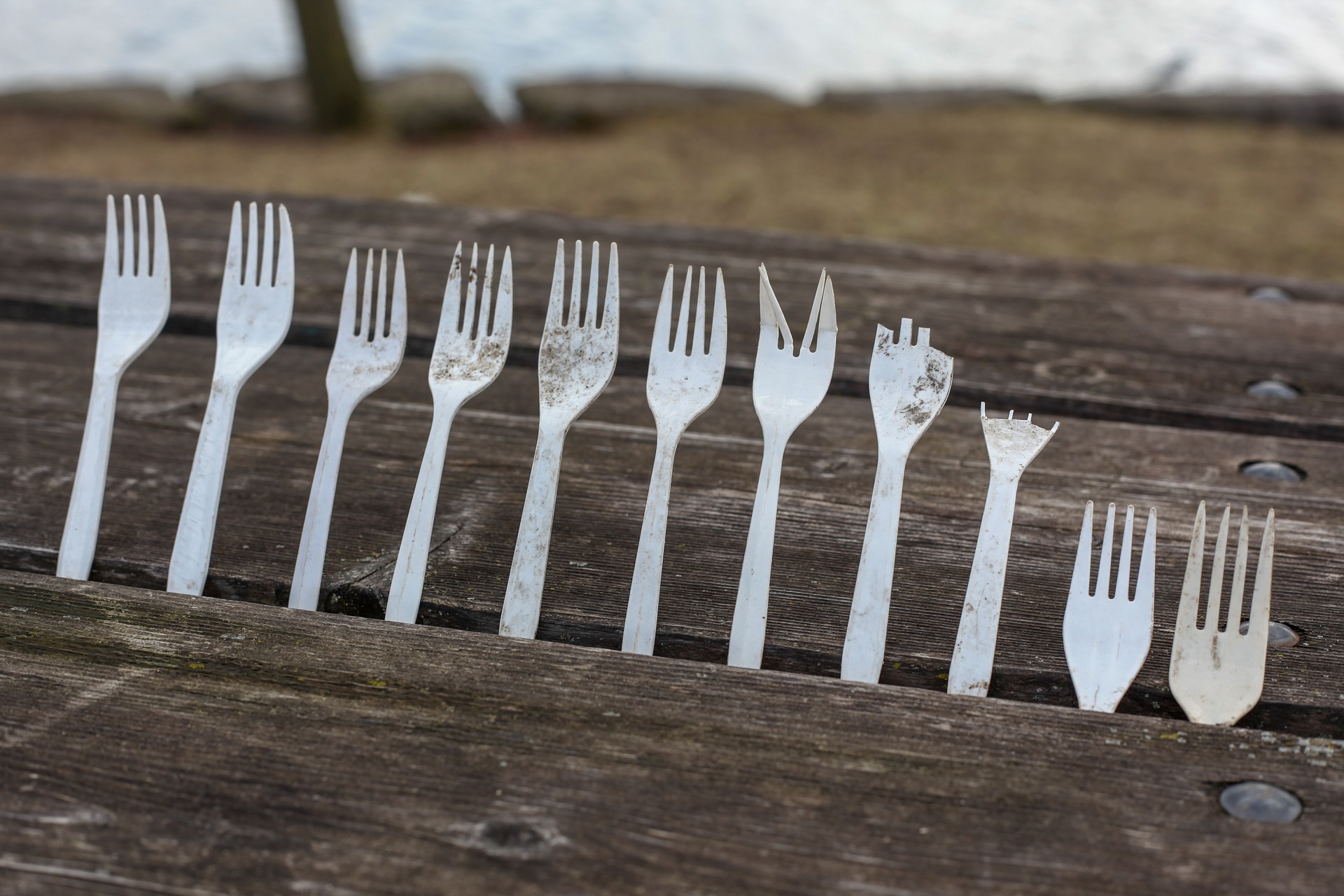
Prior to the 1990’s, recycling your plastic, paper, cardboard, glass, and tin was a major undertaking. Remember the days when you had to sort every single item and place it in a different bin at the recycling center? Well, that headache is no more.
“Single-stream” recycling systems first appeared in the late 1990’s and have since led to a major increase in the number of recycling households across the country. A single-stream system allows people to place all recyclables, from plastic bottles to wine bottles and everything in between, into one bin. Your local Materials Recovery Facility then sorts the various items and sells them to bidders within each market. This system is great for recycling families and collection facilities, but processing costs are much higher.
While it’s a slightly better option in regards to processing costs, dual-stream systems are still lacking when it comes to efficiency. My city uses a dual-stream system. Instead of putting everything into one bin, we sort our recyclables into two: one for newspaper, junk mail, and cardboard, and the second for tin, glass, and plastics.
I bring this up because under these two systems, the potential for cross-contamination is high. For example, glass shards can contaminate paper recyclables and wreak some serious havoc at the paper mill. Ultimately, even though we see this as progress, we’re still faced with inefficiency in the long run.
And so, the question of “Can we recycle our plastics efficiently?” is still up for debate. Let’s dig in a bit deeper and take a look at how we recycle plastic…


How to Recycle Plastic
Earlier when I pointed out that recycling has been around for a lot longer than just the past 40 years or so, I wasn’t kidding. Prior to the industrial age, you couldn’t make products as cheaply as they’re made now, so recycling was commonplace in many homes. Once industry took over, it made more sense to just throw out the old and buy new, especially considering how inexpensive buying new turned out to be. However, economic depression tends to force people back to their roots, which is why recycling became popular again for a short stint in the 30’s and 40’s.
It wasn’t until the 1970’s, though, that we started giving this idea of recycling some serious thought. Prior to that time, taking something that was essentially trash, breaking it down, and then using the resulting components to make something new seemed like more trouble than it was worth. Since then, however, we’ve made significant progress in regards to our recovery rate and technique.
Is plastic easy to recycle? Well, today there are various ways to recycle plastic, but the basic plastic recycling process looks like this:
Plastic is hauled to a recycling plant.
Plastic is washed, separated into different types and colors, and inspected.
Any plastic deemed recyclable is washed again and then chopped up into small flakes.
Flakes of plastic are separated from contaminants using a flotation tank.
Flakes of plastic are then dried and melted into a liquid plastic.
Liquid plastic is fed through a screen to remove any impurities. It comes out through the screen in long strands.
Strands of plastic cool and become fibers or are cut into pellets.
Plastic pellets and fibers are sold to manufacturers to make new products.
Manufacturers use plastic pellets and fibers to create fabric, construction materials, molded furniture, carpeting, automobile parts, and insulation. You may have noticed that plastic bottles were not included in that short list. In reality, only a small percentage of plastic bottles are recycled to make new plastic bottles. Coca-Cola currently gets only 7% of its plastic from recycled material.
As progress continues, however, more sophisticated sorting systems are being developed which allow Materials Recovery Facilities to weed out nearly all contaminants. For example, there are several new beverage bottle recycling plants that can recycle PET (polyethylene terephthalate – plastic #1) into food grade plastic. Until recently, doing so was costly and results were mixed. In most cases, the resulting new bottles were too weak to hold up to the strict strength requirements.
As manufacturers begin to realize the implications of this new technology, we can expect to see PET being used more frequently. In fact, Coca-Cola plans to up their use of recycled plastic (PET specifically) to roughly 50% by 2030.

Why Recycle Plastic?
That sounds like great news, right? It is, but it’s not always enough to convince people to recycle plastic. Our reasons for recycling seem pretty straightforward:
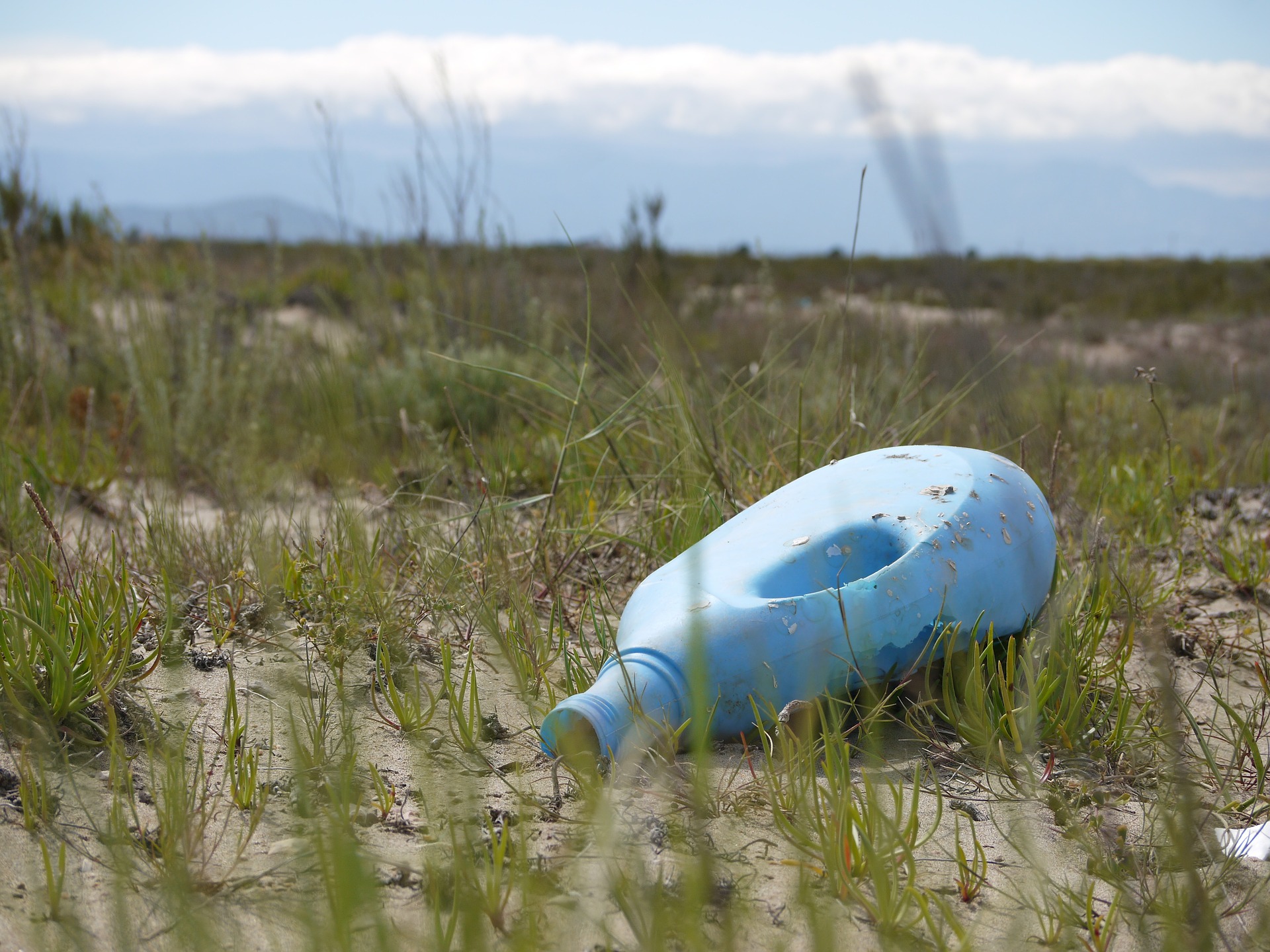
Resources
Recycling conserves valuable resources and protects natural habitats.

Energy
Recycling requires less energy than producing new products.

Climate Change
Recycling is helping us tackle global climate change.
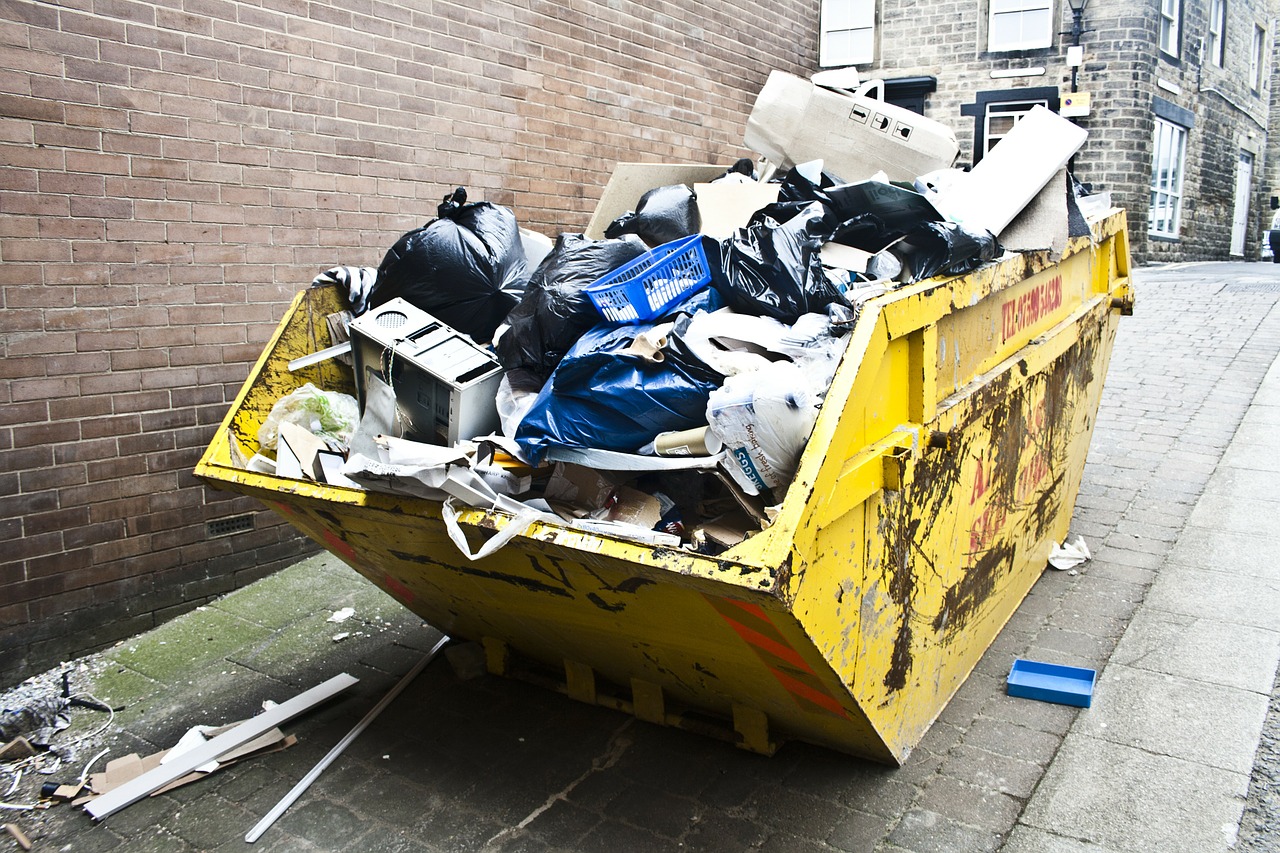
Waste
Recycling reduces the amount of waste that goes to landfills.
Unfortunately, making the decision to recycle isn’t that straightforward. It’s not solely the act of placing their plastic in that blue bin and setting it out on the curb that opponents to this issue struggle with. There’s more to this whole “save the planet” thing than just recycling.
“There’s no silver bullet to stop plastic pollution. We’re not going to be able to recycle our way out of the problem, and we’re not going to be able to reduce our way out of the problem.”
- Rob Kaplan - Circulate Capital
In a 2018 article by National Geographic, Rob Kaplan of Circulate Capital pointed out that unless we dig our heels in and actively pursue both ideas (recycling and reducing plastics), as well as develop new solutions, we’re not going to be able to combat plastic pollution. We simply cannot keep our heads above water (or plastic in this case) without proper support and funding for additional research.
If we don’t approach this problem systematically, considering all aspects of the cycle, we’ll only continue to flounder. Plastic is a very useful and versatile substance. If we can figure out a way to leverage the benefits of this resource while also creating a system that allows us to properly and efficiently recycle it, plastic will have a solid future. If we can’t, we’ll drown in our own success.
Still wondering why we should recycle plastic? Here are a handful of compelling reasons:
Common Recycling Myths
The following recycling myths have been addressed on multiple websites repeatedly over the years, but they still persist around the world…which is why I believe they’re worth repeating again here. These relate to plastic recycling as well as recycling in general…
“If it’s made of more than one material, it can’t be recycled.”
Not true. Now, when recycling first started back in the 70’s, it was much more difficult to extract various types of plastic, metal, or other substances from the same item for recycling. Today, that’s not the case. Most municipalities provide access to recycling services for their residents, whether single or double-stream. The machines we see in Materials Recovery Facilities are much more sophisticated than in the past and can break down your recyclables into smaller materials with relative ease.
In other words, you don’t need to throw that envelope with the plastic window in the trash…it can be recycled. Don’t worry about removing staples…heavy duty magnets remove them for you. Unfortunately, this doesn’t mean you can throw everything into your recycling bin, but it certainly makes recycling a wider range of products possible.

“This stuff can only be recycled once, so why bother in the first place?”
Also not true. Many of the things we recycle can go through this process indefinitely. For example, you can recycle aluminum and glass as often as you like with no reduction in quality. Paper and plastics have a limit, but can be recycled more than once. The amount of money we save by not using as much petroleum (which is needed to produce plastics)…even if the items can only be recycled once or twice…still makes the process worth it financially in the long run.
“Recycling is a government scam.”
Wow…definitely not true. However, a lot of people don’t really know what happens to their recyclables once they set them out on the curb for pickup, so it’s not that surprising that this is a thing. Every once in a while we see a news report where a city resident catches garbage collectors tossing recyclables in the back of the truck instead of just the trash. People complain that recycling actually costs us more than the benefits.
The EPA lists multiple benefits of recycling, including energy savings, job creation, and litter reduction. Recycling aluminum cans saves 95% of the energy it takes to make new ones from raw material. The numbers are a bit less for steel and tin (60-75%), paper (60%), and plastic and glass (33%), but they’re still significant. So, yea…not a scam.

“Recycled products are inferior to the real thing."
Used to be true, but not today. In the past, recycled plastics were considered weaker than the original product. Recycled paper was rough and stiff. Many people still associate recycled products with the way things were in the past. However, with today’s advances, it’s hard to tell if a product is made from recycled or raw materials. Glass, plastic, and metal containers with recycled content have been approved by the Food and Drug Administration for food use. Recycled paper now meets high performance standards.
Unfortunately, once consumers develop a particular opinion about a product, they may not change their minds even in the face of this new evidence. Such is the case with “green products.” Further education and continued advancements will hopefully change that mindset.
The Future of Plastic Recycling
Given the advancements in science as it relates to plastic use, it’s unlikely we’ll slow down in the future. Plastic is here to stay unless we find a new miracle product to replace it. Anything’s possible, right?
In the meantime, we need to consider the value of recycling our plastics. That may be hard to do when we recall that less than 10% of our waste plastic is being recycled each year. The oceans are literally swimming in plastic (that’s not a pun), and plastic bags are floating on the breeze.


When asked about the use of plastics in the fashion industry, Gail Baugh, professor of textiles and fashion merchandising at San Francisco State University, said,
“You think if you recycle a bottle you’ve absolved yourself of responsibility, but it’s simply not true.”
- Gail Baugh - San Francisco State University
She’s right. Our responsibility doesn’t end when we place our recyclables in a bin on the curb. We must constantly remind those who conduct research, those who make laws, and those who enforce them that we expect better when it comes to our planet’s health. Only through active participation and education will we ensure a future that isn’t littered with plastics.
Related Articles
If you enjoyed this article, you may wish to read these as well!

Climate Change Facts
Climate change (and global warming) is not a myth. There, I said it. If you clicked through to this post because you thought I might tell you that it is, sorry to disappoint. Climate change is a natural phenomenon based on sound, scientific principles that has been studied in depth by mankind for over a century...

Tropical Rainforests in Peril
Not long ago, I wrote an informative article on global climate change. There’s a lot going on science-wise when we consider that topic. One of the most vital concepts (and one we’re studying intensely as a possible method for slowing global warming) is carbon sequestration. Tropical rainforests help with that...

Going Solar
The sun is a renewable resource. In fact, it’s one of Earth’s most valued resources, and luckily for us, it won’t be going away anytime soon. Yet, we don’t take full advantage of all it has to offer. We warm and tan ourselves in the sun, and we use the sun’s life-giving rays to grow crops, herbs, and flowers. But we could do so much more...



